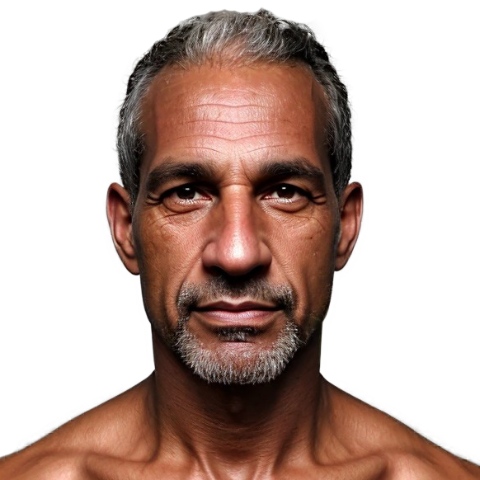Quaere
The New Mithraeum Database
Find news, articles, monuments, persons, books and videos related to the Cult of Mithras
Your search gave 50 results.
-
Monumentum
Tauroctony of York
This stone in basso relief of Mithras killing the bull was found 10 foot underground in Micklegate York in 1747.TNMM246 – CIMRM 835
-
Liber
Roman Religion in the Danubian Provinces. Space Sacralisation and Religious Communication during the Principate (1st–3rd century AD) (2022)
The Danubian provinces represent one of the largest macro-units within the Roman Empire, with a large and rich heritage of Roman material evidence. Although the notion itself is a modern 18th-century creation, this region represents a unique area, where t… -
Monumentum
Oceaunus of Mérida
The sculpture of Oceanus in Merida bears an inscription by the Pater Patrorum Gaius Accius Hedychrus.TNMM428 – CIMRM 778, 779
G(aius) Acc(ius) Hedychrus / p(ater) patrum -
Syndexios
Marcus Licinius Ripanus
Prefect, probably of Cohors II Tungrorum, who dedicated an altar to the invincible sun god Mithras in Camboglanna, Britannia. -
Syndexios
Iustus
Solder of the Legio II Augusta who dedicated a monument to Mithras Invictus in Isca. -
Monumentum
Triptic of Tróia
The remains of the mithraic triptic of Tróia, Lusitania, were part of a bigger composition.TNMM245 – CIMRM 798
-
Liber
On Mithraism and Freemasonry (1996)
The fraternal order that focussed on the worship of the ancient Iranian god Mithra was probably formed in Iran, Armenia, and Pontus (the southern coastal region of the Black Sea in eastern Anatolia, present-day Turkey). Travelers and colonists from theseS… -
Monumentum
Head of Minerva from London
This head was found at the east end of temple of Mithras in London.TNMM351
-
Mithraeum
Mithraeum of London
The London Mithraeum also known as Walbrook Mithraeum has been contextualized and relocated in its original emplacement in 2016.TNMM25 – CIMRM 814
-
Monumentum
Tauroctony of Stixneusiedl
The Tauroctony of Stixneusiedl was found in ancient Pannonia Superior, currently Austria.TNMM278 – CIMRM 1658
D(eo) In(victo) M(ithrae) S(oli) pro s(alute) Aug(ustorum) nn(ostrorum) L(ucii) Sep(timii) / Valerius et Valerianus sex(viri) col(oniae) K(arnunti) / v(otum) s(olverunt) l(ibentes) m(erito) -
Notitia
Porphyry’s Cave of Nymphs
and the Cult of MithrasBetween the 1st and 4th centuries, Mithraism developed throughout the Roman world. Much material exists, but textual evidence is scarce. The only ancient work that fills this gap is Porphyry’s intense and complex essay. -
Syndexios
Claudius Zenobius
Procurator of Tarraconensis, he dedicated a monument to the Invincible God, Isis and Serapis in Asturica Augusta. -
Syndexios
Publius Aelius Nigrinus
Priest of Mithras who dedicated an altar to Petra Genetrix in Carnuntum. -
Syndexios
Aurelius Iustinianus
Dux of Pannonia Prima et Noricum Ripense, he built a mithraeum in Poetovio. -
Syndexios
Tiberius Claudius Balbilus
Scholar, politician and a court astrologer to the Roman emperors Claudius, Nero and Vespasian. -
Syndexios
Aurelius Agathopus
Probably of Greek descent, he was active in Pannonia Superior by the 2nd century. -
Monumentum
Candelabrum of Caernarfon
The Caernarfon candelabrum is a reconstruction of several iron pieces found in the Mithraeum of Caernarfon.TNMM416
-
Mithraeum
Mithraeum of Burham
To date, there is no evidence that the so-called Mithraeum of Burham was ever used to worship the sun god.TNMM592 – CIMRM 808
-
Monumentum
Iron sword and crown of Güglingen
Several iron fragments found in the second mithraeum of Güglingen may have been used during mithraic ceremonies.TNMM377







